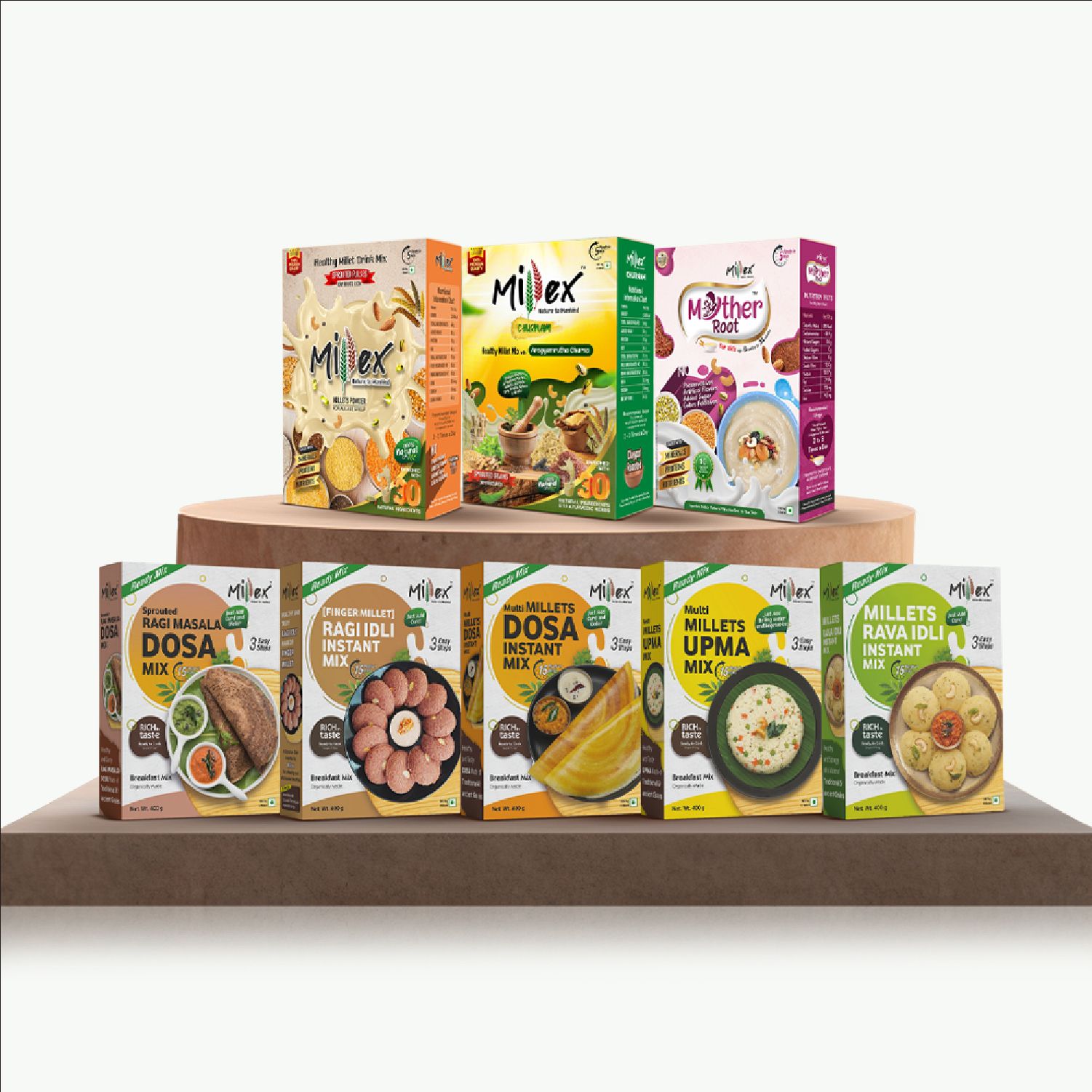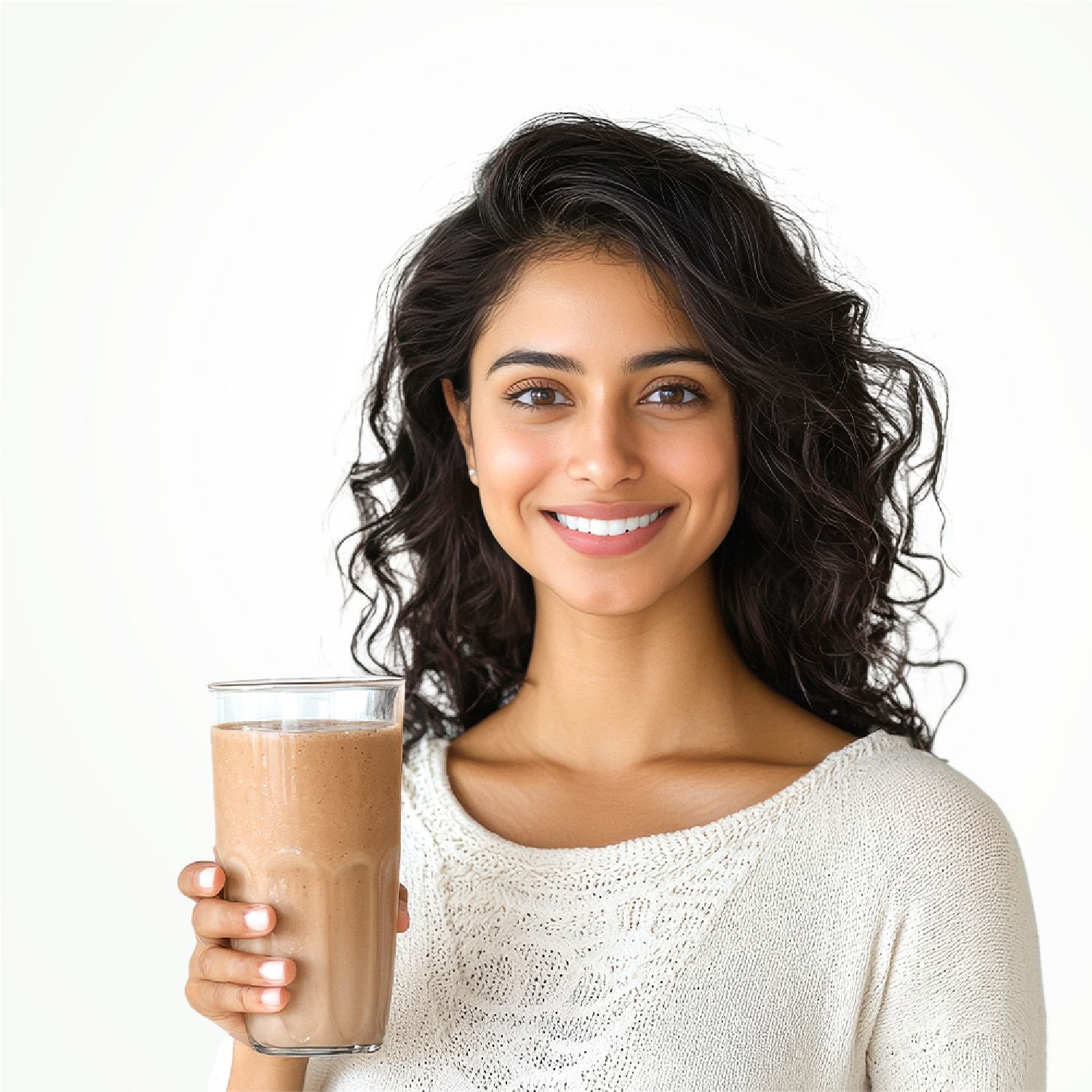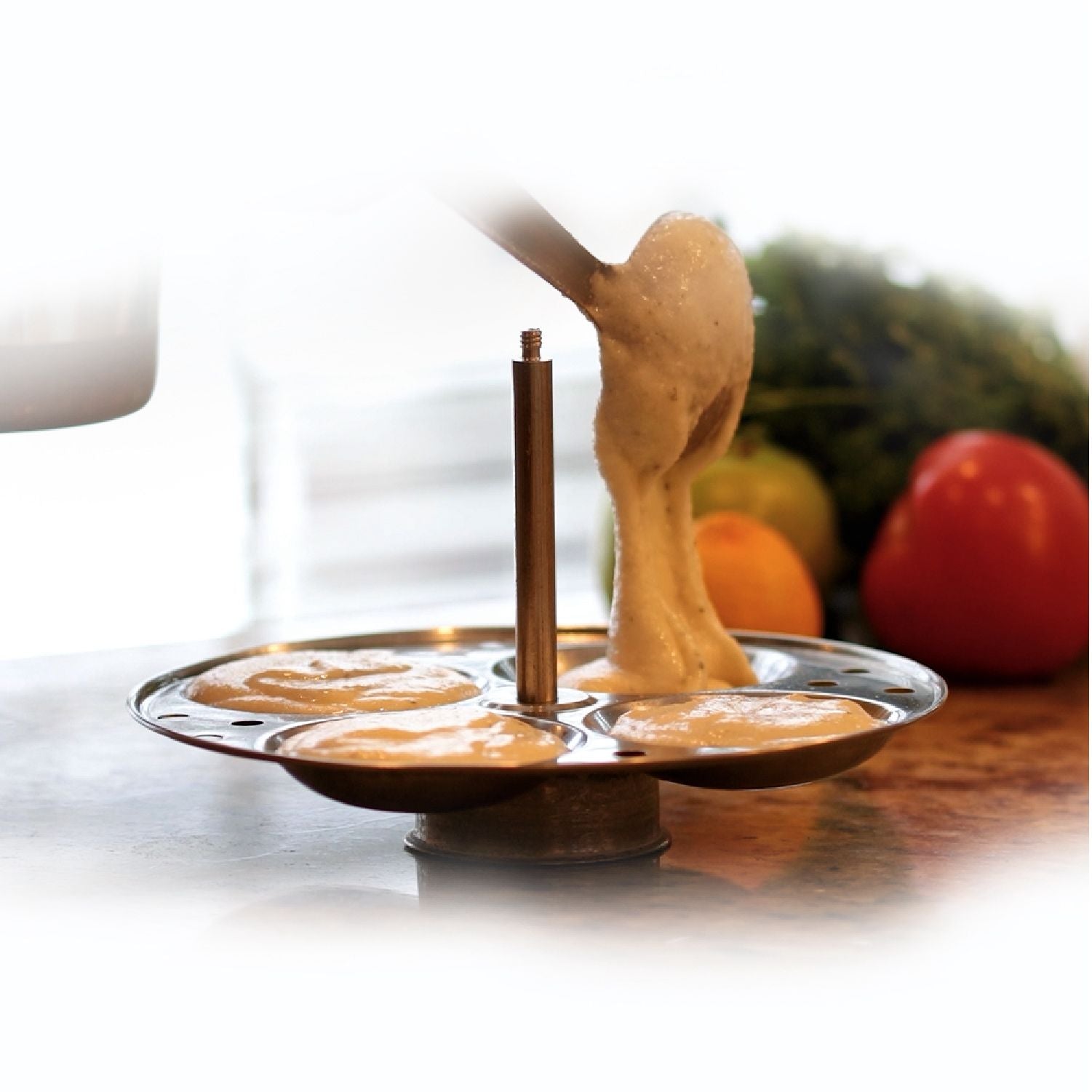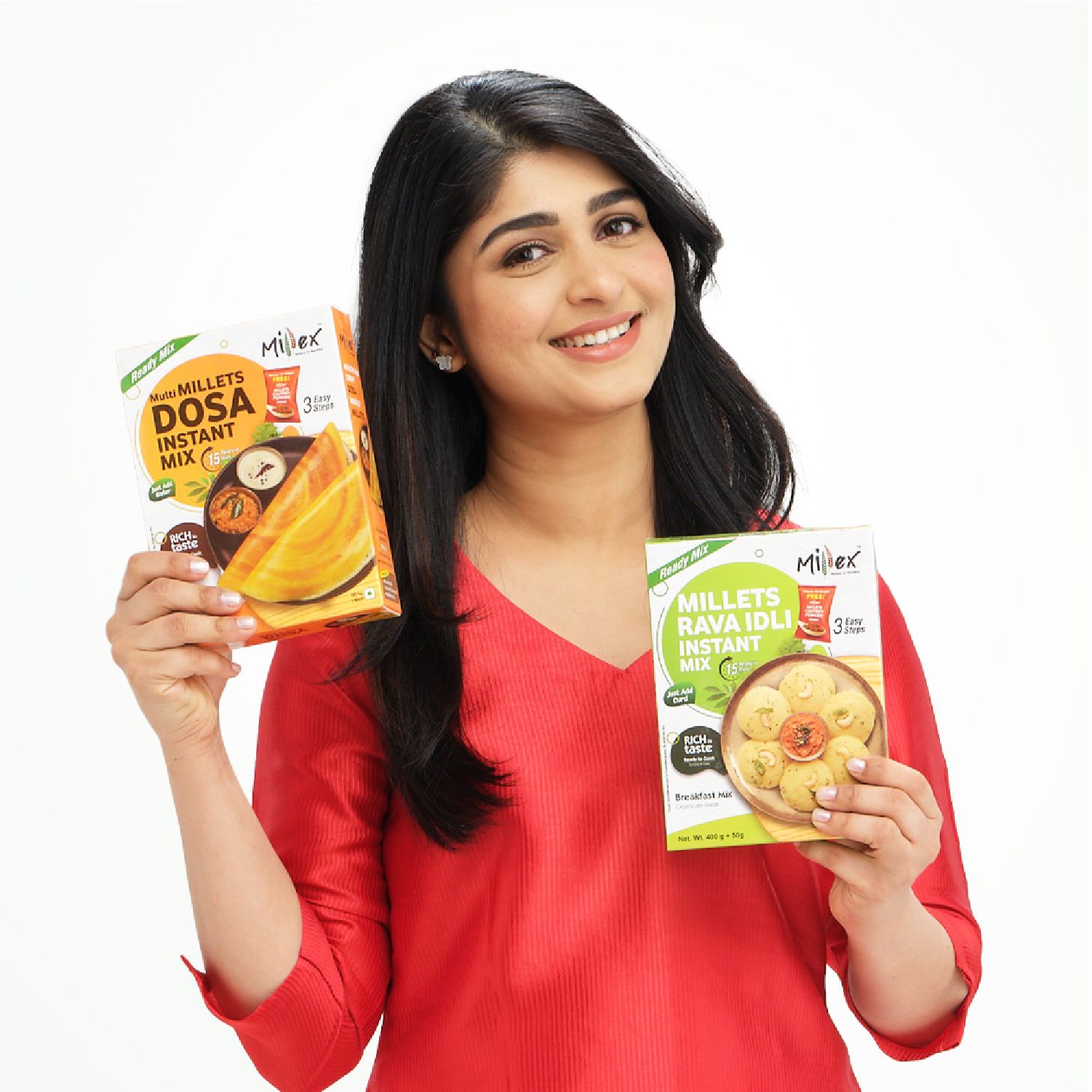South Indian cuisine offers a wide range of low calorie Indian food options that are both delicious and nutritious. Traditional dishes like idli, upma, vegetable sambar, and rasam are excellent choices for those looking to maintain or lose weight. A standard South Indian meal with low calories often includes steamed items and lightly spiced lentil-based curries that are easy to digest and low in fat. For example, two plain idlis contain around 70–80 calories each, making them a perfect breakfast choice. Similarly, a bowl of vegetable sambar offers protein and fiber with minimal calories. Rasam, made with tamarind, tomato, and spices, is not only soothing but also extremely light, with roughly 50–60 calories per serving. Adding steamed vegetables or a small portion of millet pongal can further boost nutritional value while keeping calories in check. Compared to heavy North Indian gravies, South Indian meals are lower in calories due to less use of oil, cream, and butter. For those seeking low calorie South Indian food, incorporating items like ragi dosa, vegetable stew, and curd rice with cucumber in moderation can make meals satisfying yet diet-friendly. This makes South Indian cuisine an ideal choice for health-conscious individuals.

Millet Rava Idli mix
When it comes to healthy eating, low calorie South Indian food offers some of the best choices. Dishes like idli, steamed dosa, vegetable upma, and sambar are light, nutritious, and packed with flavor without piling on calories. Made with fermented batter, idlis are easy to digest and ideal for weight management. Sambar, loaded with lentils and vegetables, provides protein and fiber while remaining low in fat. You can also enjoy options like lemon rice with minimal oil or ragi dosa for a healthier twist. Incorporating low calorie South Indian food into your diet makes it easy to eat light and stay energized.
Are you facing issues with weight management while craving the rich flavors of South Indian dishes? It’s not only you; many people believe traditional dishes must be avoided during their fitness journey. This couldn't be further from the truth! South Indian dishes naturally offer numerous light options packed with nutrition and authentic flavors.
This blog reveals five Low-Calorie South Indian Meals that will satisfy your cravings without expanding your waistline. Discover how these ancient recipes can become modern allies in your health journey, providing the perfect balance between cultural satisfaction and calorie consciousness.
5 Low-Calorie South Indian Recipes for a Healthy Lifestyle

BUY NOW
1. Idli with Tomato Chutney (175 calories)
The Steamed south indian foods like idli provide exceptional nutrition with minimal calories. These steamed rice cakes contain just 35 calories each. A regular breakfast combination of two idlis with tomato chutney gives nearly 175 calories. The fermentation process enhances B vitamins and improves protein availability. This makes idli incredibly digestible and perfect for morning energy.
Skip the coconut chutney to keep calories lower. Tomato chutney offers a spicy flavor with fewer calories while adding beneficial lycopene. This nutritious indian breakfast keeps you satisfied for hours without the heaviness of fried alternatives. Try adding finely chopped vegetables to your idli batter for extra nutrition without a significant calorie increase.
Idli's neutral flavor profile makes it versatile for various accompaniments. Experiment with different low-calorie chutneys to keep this meal interesting.

BUY NOW
2. Ragi Dosa (150 calories)
Looking for variety in your morning routine? Ragi dosa offers a high-nutrient alternative to rice-based versions. Low-calorie dosa options like ragi (finger millet) dosa deliver impressive nutrition with minimal calories. One medium ragi dosa contains approximately 150 calories when prepared without oil.
Ragi provides exceptional calcium, iron, and dietary fiber. It prevents blood sugar levels that maintain steady energy levels as it contains low glycemic levels. Prepare your dosa on a non-stick pan with minimal oil spray. Follow with a small serving of mint chutney for complete flavor satisfaction.
Adding ragi with spicy chutneys gives you a raw flavor. It also provides a balanced flavor profile that fulfills the cravings for Traditional South Indian Dishes. Ragi's protein content exceeds that of white rice. This helps preserve muscle mass during weight loss while giving you a hunger-free feel for longer.

AMAZON
3. Mixed Vegetable Upma (185 calories)
Upma can make a hearty meal out of rava if cooked with care. This versatile dish contains approximately 185 calories per serving when loaded with vegetables and prepared with minimal oil. These are complex carbohydrates, giving you sustained energy without the involvement of blood sugar levels. Add bright vegetables like carrots, peas, bell peppers, and green beans.
These boost volume and nutrition without many calories. For the real deal, season it with mustard seeds, curry leaves, and green chilies. These spices boost metabolism while contributing scant calories. For extra protein, add a small amount of moong dal to your upma. This makes it more satisfying while maintaining its status as healthy south indian food.
Try replacing some semolina with grated cauliflower for an even lighter version. This modern twist reduces calories while maintaining a comforting texture.
4. Rasam with Brown Rice (170 calories)
Rasam delivers incredible flavor with minimal calories. This tangy, spicy soup is great with a handful of brown rice on the side. A bowl of rasam with half a cup of brown rice is 170 calories. Brown rice adds fiber and long-lasting energy without the empty calories of white rice.
The critical ingredients in rasam - tamarind, tomatoes, and pepper — increase immunity and aid in digestion. These components make it an ideal choice for a South Indian diet for weight loss. The aromatic spices in rasam offer thermogenic benefits. These can temporarily boost metabolism while adding negligible calories.
This light yet satisfying combination works exceptionally well for dinner. It provides comfort without heaviness before bedtime. For added volume without calories, increase the vegetable content in your rasam. Tomatoes, drumsticks, and carrots add texture and nutrition.
5. Vegetable Adai (195 calories)
Adai is a nutritious pancake made by combining multiple legumes with rice and boasts impressive amounts of protein. When made with less oil, a medium adai will have about 195 kcal. The protein content from multiple pulses makes this particularly satisfying.
Conventional adai combines rice with four types of pulses: chana dal, tuvar dal, moong dal, and urad dal. This creates a complete protein profile that is rare in vegetarian meals. Add grated vegetables like carrots, onions, and spinach to increase volume. These add nutrients without significant calories.
The fibers of both pulses and vegetables are relatively rich and promote satiety. This decreases the chance of mindless snacking between meals. Adai partners nicely with simple stuff such as plain yogurt or tomato chutney. These complement its robust flavor without adding excessive calories.
Science Behind These Healthy Choices
- These meals share important characteristics that make them effective for weight management:
- The high fiber content, for instance, delays digestion and evokes a feeling of fullness.
- Complex carbs deliver sustained energy without insulin spikes.
- Nutrient bioavailability is improved by fermentation.
- Diverse spices offer metabolism-supporting properties.
- Minimal added fats maintain authentic flavor with fewer calories.
Studies show that plant-based proteins and complex carbohydrates help promote metabolic health. Using traditional spices with anti-biotic properties may also help with weight management. Light South Indian breakfast options naturally incorporate ingredients that promote satiety. This makes them particularly effective for establishing healthy eating patterns.
Creating Even Lighter Dishes
Use a non-stick pan to minimize or eliminate the use of oil to make these meals even more calorically friendly. This saves 30–50 calories per serving with no flavor loss. Enjoy chutneys without coconut or use lower-calorie substitutes. Try tomatoes, mint, or roasted red peppers for flavor.
Control portion sizes with measuring cups until familiar with appropriate servings. This prevents unconscious overeating. Add extra vegetables to increase volume without significant calories. This works particularly well with upma and Adai.
Experiment with zero-calorie flavor boosters like lime juice, vinegar, and fresh herbs. These brighten flavors without adding calories. Experiment with dry roasting spices rather than tempering them in oil. This preserves aromatic compounds while eliminating added fat.
Perfect Weekly Meal Plan
Incorporate these meals into a structured plan for sustainable results:
Monday:
● Breakfast: Two idlis with tomato chutney
● Lunch: Vegetable upma
● Dinner: Rasam with brown rice
Tuesday:
● Breakfast: Ragi dosa with mint chutney
● Lunch: Adai with yogurt
● Dinner: Clear vegetable soup with one idli
Wednesday:
● Breakfast: Vegetable upma
● Lunch: Rasam with brown rice
● Dinner: Ragi dosa with tomato chutney
Thursday:
● Breakfast: Adai with mint chutney
● Lunch: Two idlis with vegetable sambar
● Dinner: Brown rice with mixed vegetable curry
Friday:
● Breakfast: Ragi dosa with sambar
● Lunch: Vegetable adai with yogurt
● Dinner: Rasam with one idli
This rotation keeps your diet interesting and sustainable whilst allowing for caloric diversity. The variety in textures and flavors helps stave off diet fatigue, which is common with most weight loss meal plans.
Shopping and Preparation Tips
Stock these pantry essentials for quick meal preparation:
● Rice and pulse varieties (preferably unpolished)
● Ragi flour
● Rava
● Brown rice
● Tamarind paste
● Curry leaves (fresh or dried)
Prepare the batters in advance and refrigerate for 3-4 days. This makes traditional south indian dishes accessible even on busy mornings. Chop vegetables in bulk and freeze them in portion-sized containers. This simplifies daily meal preparation.
Invest in quality non-stick cookware for oil-free cooking. This single investment facilitates long-term calorie reduction.
Health Benefits Beyond Weight Loss
These Low-Calorie South Indian Meals offer benefits beyond weight management. It offers:
● The fermentation process improves gut health through natural probiotics. This supports overall digestive wellness.
● Complete proteins from lentil combinations support muscle maintenance. This becomes particularly important during weight loss.
● The diverse spice profile offers anti-inflammatory benefits. These may reduce disease risk and improve overall health.
● Complex carbohydrates provide sustained energy without crashes. This supports consistent energy levels throughout the day.
● Its high fiber content promotes healthy cholesterol levels. This improves cardiovascular health alongside weight management.

BUY NOW
Start Your South Indian Weight Loss Journey Today
These five delicious low-calorie meals perfectly complement Millex's mission of making nutrient-rich millets your natural food choice. With their high fibre, vitamins and mineral content, millets are best suited for the management of diabetes, obesity and other lifestyle diseases. Explore Millex's three specialized product categories: instant breakfast mixex, Millex Churnam for adults, Millex Mother Root for infants, and Millex Healthy Millet Mix for all ages.
Visit Millex to transform your relationship with traditional foods while supporting your weight management goals. Embrace India's ancient superfood with Millex! Share your favorite low-calorie South Indian recipes in the comments below!
1. Which South Indian dishes are low in calories?
Several South Indian dishes are nutritious and low in calories, making them ideal for weight management. Some options include:
✅ Millex Ragi Idli Mix – Light, fiber-rich, and great for digestion.
✅ Millex Multi Millet Dosa Mix – A crispy, protein-rich alternative to traditional dosa.
✅ Millex ragi dosa – A wholesome, low-calorie dish packed with nutrients.
✅ millet Upma – A fiber-rich meal that keeps you full longer.
2. What can I eat for a 200-calorie dinner?
For a light and healthy dinner under 200 calories, try:
🍽️ Millex Ragi Idli (2 idlis) with chutney
🍽️ Millex Multi Millet Dosa (1 dosa) with mint chutney
🍽️ Millet rava idli – A filling, warm, and nutritious meal
3. Which Indian meal is best for weight loss?
If you're looking to lose weight, choose meals that are high in fiber, protein, and essential nutrients while being low in unhealthy fats and sugars. Some great options include:
🔥 Millex Millet Health Mix – A nutrient-dense drink for sustained energy
🔥 Millex Ragi Idli Mix – A high-fiber, filling breakfast choice
🔥 Millex Multi Millet Dosa Mix – A healthy, gluten-free alternative to regular dosa
🔥 Millet Khichdi – A light yet satisfying meal rich in fiber and protein
4. What are some low-calorie Indian foods for weight loss?
Some of the lowest-calorie Indian foods include:
Millet Dosa (Millex Multi Millet Dosa Mix) – A healthier alternative to traditional dosa.
Millex Ragi Idli Mix – A great steamed breakfast for weight watchers.
5. How many calories are there in a typical South Indian meal?
A full South Indian meal (rice, sambar, rasam, poriyal, curd, papad) can range between 600 to 900 calories, depending on portion sizes and how much oil or ghee is used.






